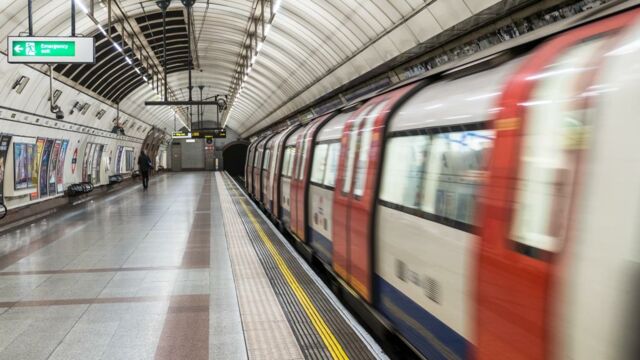With the arrival of the Omicron variant, COVID-19 cases are multiplying at a never-before-seen velocity. With more than 100,000 cases having been recorded over two days in a row and for the first time since the pandemic began, things are only expected to get worse in the weeks to come.
Discover our latest podcast
To better understand the mechanisms of an infection, some researchers have been looking into how people become infected with the coronavirus in public transport—more specifically, in tubes and trains.
Contamination on public transport
Researchers from IBM Research Europe conducted experiments to understand how the virus circulated in an enclosed, rectangular space. The study, published in Physics and Fluids looked into the ways in which the virus circulates through the ventilation systems of underground public transportation.
They highlighted the places where the risk of infection was the lowest. What they found was that the people that were located nearest to windows or exits were the least likely to get infected. More specifically, when contaminated droplets would be expelled from someone's sneeze or cough, they would have a harder time of reaching someone else.
The more risky aisle seats
On the other hand, it is the opposite when it comes to the interior seats located next to the train corridor. If the person in the middle is sick, then their droplets would more easily go to the aisle side, making the aisle seat more at risk of contamination.
The study also reports that if a sick person is on the aisle side, their droplets, due to ventilation, are propelled downward. However, it must be noted that, the study has not yet been physically tested and remains in the 'laboratory' phase.















